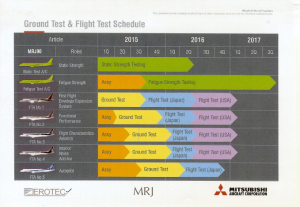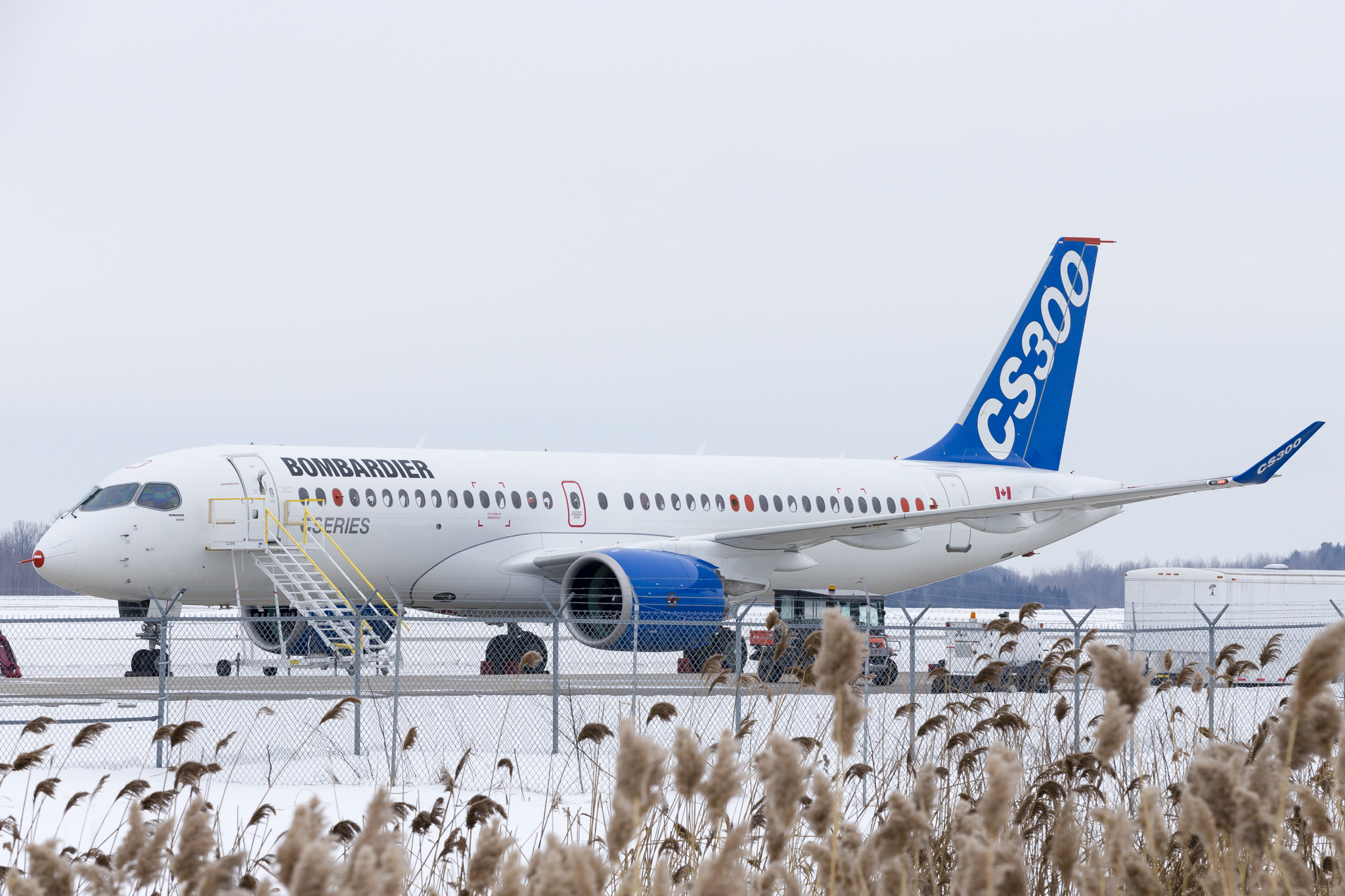Leeham News and Analysis
There's more to real news than a news release.
Chinese 737 Completion Center makes tactical, strategic sense
 Sept. 22, 2015, © Leeham Co. The expected announcement by Boeing and Chinese President Xi during
Sept. 22, 2015, © Leeham Co. The expected announcement by Boeing and Chinese President Xi during
.jpg)
President Xi of China. Photo via Google images.
his state visit to Seattle this week that Boeing will develop a Completion Center for the 737 in China is a significant event that may one day lead to an assembly line there.
Boeing’s touch labor union, the IAM 751, was predictably critical. In a post on the 751 website last week, the union said, “In a previous meeting with Renton’s 737 leadership we saw a brief presentation outlining Boeing’s perceived market conditions regarding sales of single aisle aircraft and the company’s desire to collaborate with China. We have asked the Company for details of what is intended with “collaboration” and have not received ANY information on “collaboration” or confirming or disputing the media reports. While we don’t know specifics of any such proposal, ANY shift of aerospace jobs from our bargaining unit or Washington State causes grave concern.”
LEAP, the best of 1,000 investigated alternatives.
By Bjorn Fehrm
Subscription required.
Introduction
June 23, 2015, © Leeham Co. CFM International went through 1,000 iterations before settling on the final design for the LEAP engines that will power the Airbus A320neo, the Boeing 737 MAX and the COMAC C919.
In an interview with us at the Paris Air Show, CFM LEAP program manager Gareth Richards explained the macro process of the development of LEAP, CFM’s sequel to CFM56. This will be the largest turbofan engine program in the history of civil aviation and the follow on to the world’s most-sold turbofan, the CFM56.
Richards focused on how an engine like LEAP gets designed and what the trades are that a single aisle, short haul engine has compared to long haul engines.
LEAP is sharing the A320neo platform with Pratt & Whitney’s GTF but is sole engine on the 737 MAX and the C919. This will lead to engine production rates five years into the program of 1800 engines which is higher than the present rate of CFM56 deliveries.
Dependant on rate increases by Airbus and Boeing, this can increase beyond 2,000 engines per year after the initial ramp. It would make LEAP the largest civil turbofan program whichever way one counts: engines, installed thrust or revenue.
Summary:
- Research of optimal engine cycle was extensive, with more than 1,000 alternatives investigated before settling on the final LEAP cycle.
- The production ramp is the fastest ever, from 30 engines 2015 to 1,700 by 2019.
- While CFM does not want to ramp faster than planned, final production rate is flexible.
- The large volume of sold engines, the fast production ramp and the short-haul cycle makes for a conservative approach to performance.
- We discuss with Richards how such a program is managed and how you make sure you can deliver on promises.




 orders for the A320 and A350 production rates that have been announced. There’s pressure from the top commercial officer to hike rates, but the president and chief operating officer says not so fast.
orders for the A320 and A350 production rates that have been announced. There’s pressure from the top commercial officer to hike rates, but the president and chief operating officer says not so fast. announced whether it will provide an aerial display as it has at previous air shows, but Qatar may well have more airliners there than Airbus or Boeing.
announced whether it will provide an aerial display as it has at previous air shows, but Qatar may well have more airliners there than Airbus or Boeing.
